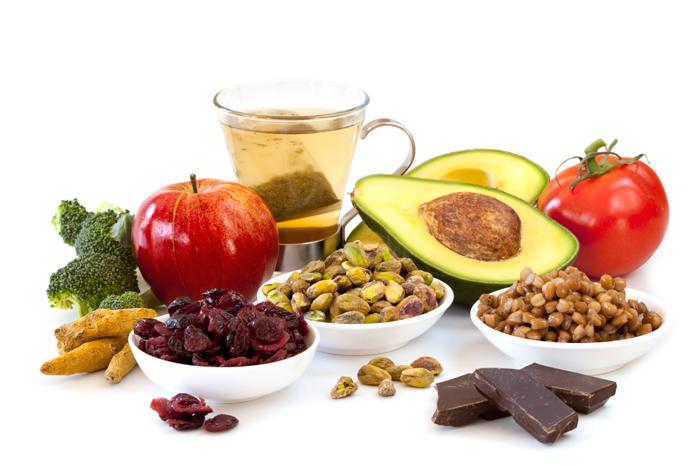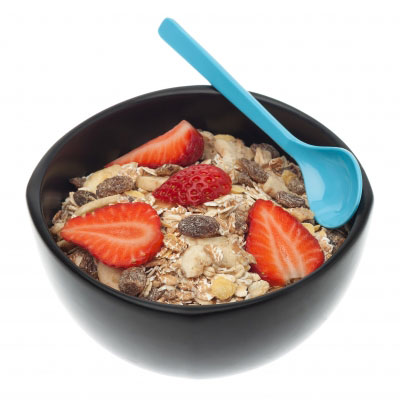We chat to dietician, Claire Julsing Strydom, who cuts through the clutter and gives us her top 5 nutrition tips to lose weight and feel your best!
Many South Africans struggle with their weight, with over 40% of women classified as obese. Unfortunately, there are so many different diets and weight-loss methods being touted, sometimes with contradicting rules. Follow these golden rules for proper nutrition and you can’t go wrong.
1. Variety is key
We need to be eating a wide variety of fruits and vegetables, explains Claire. Each fruit and vegetable is a different combination of nutrients, and if you always eat the same food, you’re missing out on some important stuff.
“What I often tell my clients is to make a list of the produce they ate this week. When they go shopping for the following’s week’s groceries, buy fruit and veggies that aren’t on that list. That’s the best way to make sure you’re getting all you need.”
It’s also crucial to eat as many different colours of fruit and vegetables as possible – “Different colours contain different phytonutrients, so you need a good mix of everything.”
2. Don’t forget fibre
Many people aren’t getting enough fibre, says Claire. “You need 25g of fibre a day, and you need a combination of soluble and insoluble fibre.” Soluble fibre absorbs water to bulk up waste, lowers cholesterol, and is found in foods like oats, oranges and nuts.
Insoluble fibre, Claire explains, is like the “broom” that cleans your gut. Insoluble fibre is the roughage that can be found in high-fibre cereals, the pips in fruit, and anything “wholegrain”. Both are essential for gut health, and each person has different needs: if you struggle with constipation, then more roughage is necessary. If you have a problem with a looser tummy, then you need more soluble fibre.
3. Know your portions
The rule for the perfect meal is to fill half your plate with veggies, a quarter with protein, and a quarter with starch (preferably wholegrain, high-fibre starch).
A serving of protein is roughly the size of a deck of cards, and a serving of starch is about the size of a computer mouse, explains Claire. Generally, a serving of fruit or vegetable is an average sized fruit, like an apple or a naartjie, and for veggies it’s about a cup for leafy veg and half a cup for cooked veg like butternut.
Per meal, you can also have one serving of added fat, but these servings are much smaller, because fats and oils are so energy dense. “A serving of added fat is a teaspoon of olive oil, two macadamia nuts or five cashew nuts. Protein already contains fat, which is why we need to make provisions for fat that’s already in food.”
4. Eat more veg
“People aren’t getting enough fruits and vegetables,” says Claire. “We should be eating two to three servings of fruit, and four servings of veg a day.” She says most people she sees are far from getting enough fruit and vegetables. Not only are these foods packed with nutrients, they’re also low in fat and high in water and fibre, making them the ideal snack!
5. Supplement cautiously
Supplements have their place in the diet, Claire explains. “Supplements should be used strictly to fill nutrient gaps, like pregnant women taking folic acid.” But generally, it’s better to consult a dietician.
“Nutrients and vitamins are more readily available in food, and too much of one nutrient can be toxic,” she says. “No standalone nutrient can replace the complex health matrix found in food.”
If you’d like to contact Claire for more information, visit www.nutritionalsolutions.co.za
Compiled by: Patricia Pieterse
DISCLAIMER: Before starting any diet, you should speak to your doctor. You must not rely on the information on this website/newsletter as an alternative to medical advice from your doctor or other professional healthcare provider.




